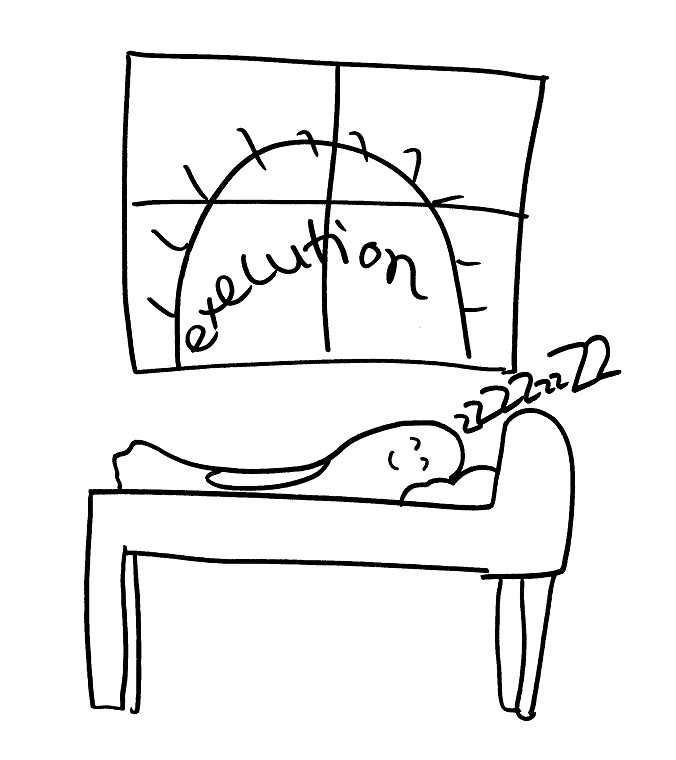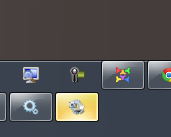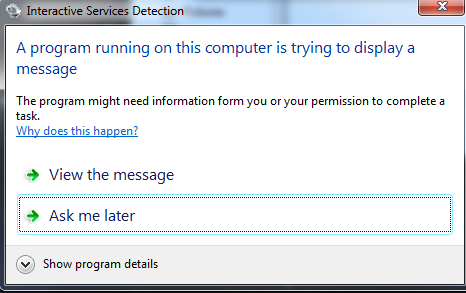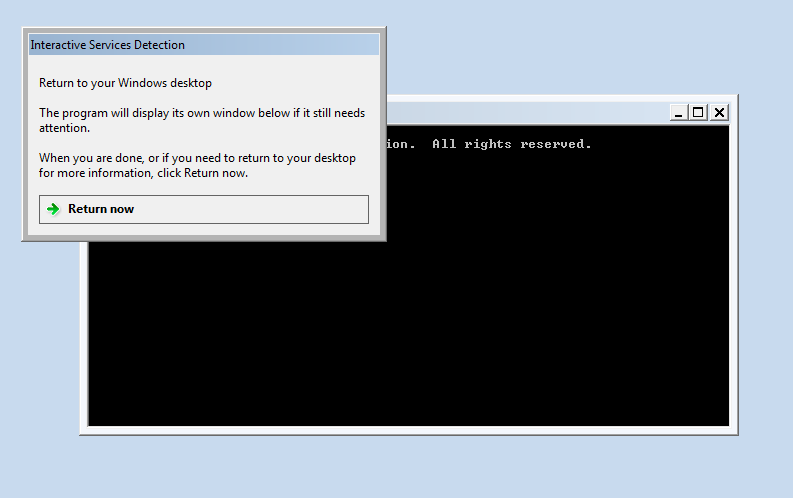Smart Package Robot 's Execution Commands

In many cases, you can just drag and drop an executable into the Editor to get the right execution command inserted.
Execution commands in general
These commands will "start" another programm, a Uninstallation or a document.
They will of course also start an compiled SPR-Script or nearly an other file that can be started.
Sometimes you will need to try which of the commands works fine in your case.
They use different technologies internally to give you a broad range of options.
EXE. is maybe the most often used execution command.
In case that does not work, try EXO., or EXS.
Now if all of these do not do what you want, take a closer look.
Is it an MSI.-file?
Use EXM.
Is it an registered document file?
Use EXR.
Do you want to uninstall something?
Then EXU. is possibly what you need.
Do you want to run a batch file with DOS-Commands?
Use EXC. for that.
Do you want to start a lot of Applications as fast as possible?
Use EXF. then.
Generally there are two ways of starting an executable:
• blocking -> script will wait until the executable has finished)
• non blocking -> script will start the executable and continue running, without waiting for the executable to end.
This is the first choice you have to make, when choosing the right execution command.
Execution on the "Hidden System Desktop"
Hint: This Feature requires Windows Vista or higher.
Imagine, you can execute a Installation or Automation on a hidden Desktop that the user can not see.
To be able to do this, the SPR must have full Admin-Rights.
Then you can simply use the Command:
EXV.?path\myfile.exe|c
ENR.
To start your executable with System-Rights on the Hidden Desktop.
The "|c" means "Cleanup" and should be used after any call to start something on the Hidden System-Desktop.
In case you have started your executable like this:
EXV.?path\myfile.exe
PAU.10
' then you can later do the cleanup like this
EXV.|c
ENR.
How can I see the the "Hidden System Desktop"?
There are some steps necessary to be able to see the Hidden Desktop.
1. Preparation:
We have implemented all necessary steps into the EXV. - Command to make it easy for you.
Just type:
EXV.|pc
ENR.
And execute this script. This will make all preparation to enable you to see the hidden Desktop.
2. Open a Window on the Hidden Desktop
This can most easily be done like this:
EXV.-|c
ENR.
The SPR-Editor has a "Desktops-Analyzer" that will show the "Hidden Desktop" once it has been opened.

3. Now you should see something like this in your Windows-Taskbar
Click on it.

Once you have touched it with the Mouse, it will stop blinking and look like this:

4. Now click the upper choice.
Anyway, just click on it with the Mouse. Next you will see this window:

In this case you would click on:
"View the message"
5. Voila ... the Hidden Desktop will show up to you!

It will look somehow like this:
Note: On the "Hidden Desktop" you have complete System-Rights!
Type "WhoAmI" in to the Console window and hit enter to see your current account.
To return to your normal Desktop, close the console window and click the Button in the grey window.
If you leave the console window open, you will always be able to easily return to the "Hidden Desktop".